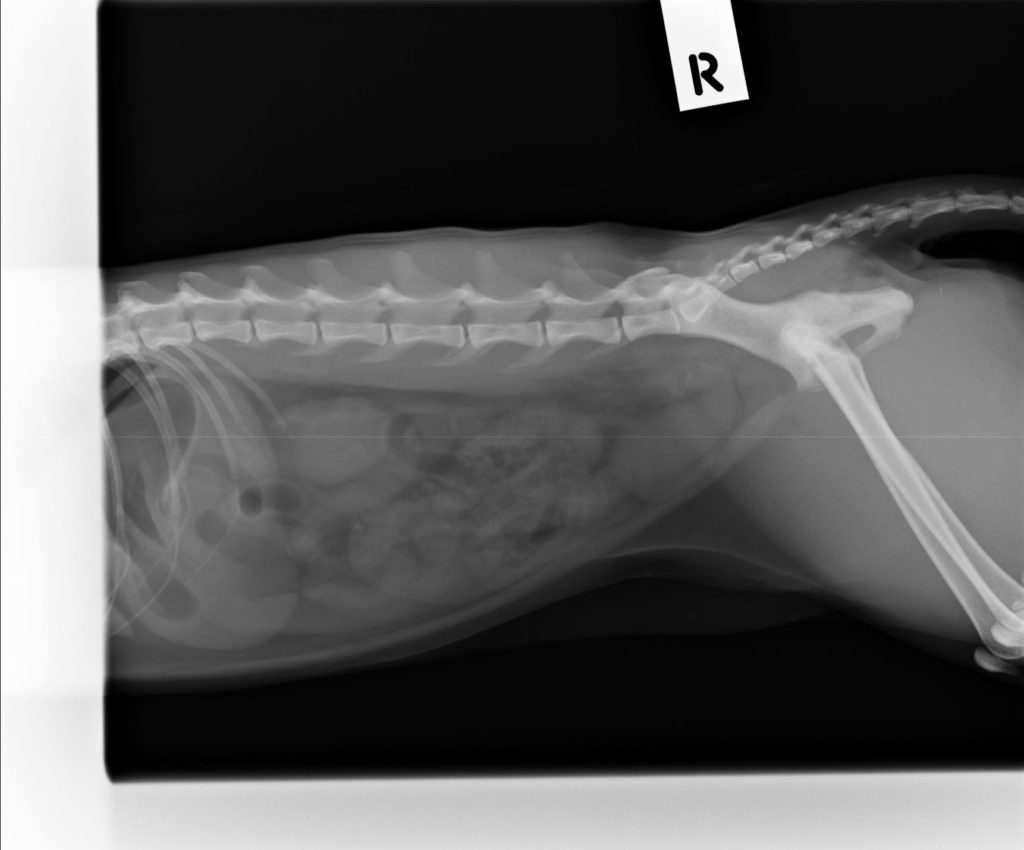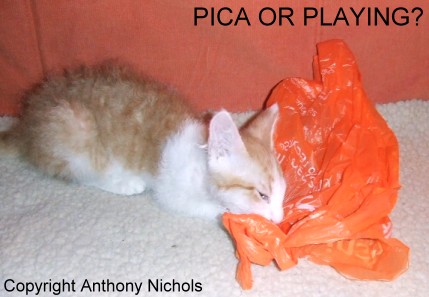

Pica is a behavioral condition that usually comes from boredom.
#Symptoms of pica in cats how to
RELATED: 3 Main Reasons Why Cats Eat Grass How to prevent pica in cats? The vet will take anamnesis and some laboratory blood tests or x-rays if he suspects pica. So if you suspect a medical problem, you should definitely start to consult with your vet. Behavior change in cats usually indicates an underlying health issue.
#Symptoms of pica in cats full
Lack of appetite can indicate that there may be serious problems, for example, a full belly with non-food items. Also, vomiting can be a symptom of serious disorders caused by pica, such as intestinal blockage. Probably the reason can be seen in vomit.

Non-edible items can cause vomiting because the organism cannot digest them.

If you have a cat diagnosed with pica, choose better and healthier food. Sometimes, your vet will prescribe some medications (ex., clonipramine or cyproheptadine) or food supplements (vitamins and minerals).

If the main problem is boredom, you should enrich your cat environment with safe chew or interactive toys, cat grass, or hiding treats so your cat can hunt them while you are not at home - remember - cats need socialization. RELATED: Why Do Cats Purr? What Do Purrs Mean? How can I help my cat?įirst, treat the main medical problem if there is one (such as eating litter in cats with anemia). Many cats outgrow pica syndrome until the age of two. Also, one of the reasons why kittens start eating or sucking things is that they are weaned too early. Some studies show that it's right around the time when kittens go to new homes, mainly caused to stress. Pica is very common in early ages, around 3 months old. If you see your cat eating something or start vomiting and notice non-food items, you should definitely see your vet. So your cat can show signs usually from gastrointestinal systems such as lack of appetite, vomiting, constipation, or more serious ones like plant poisoning. What is more important is how this affects the organism. It also includes licking or chewing, not just eating such items. The only actual sign of pica in cats is the consumption of non-edible things. RELATED: 13 Ways To Show Your Cat You Love Them Symptoms of Pica


 0 kommentar(er)
0 kommentar(er)
